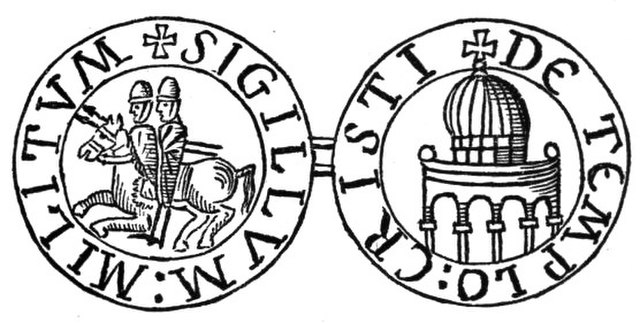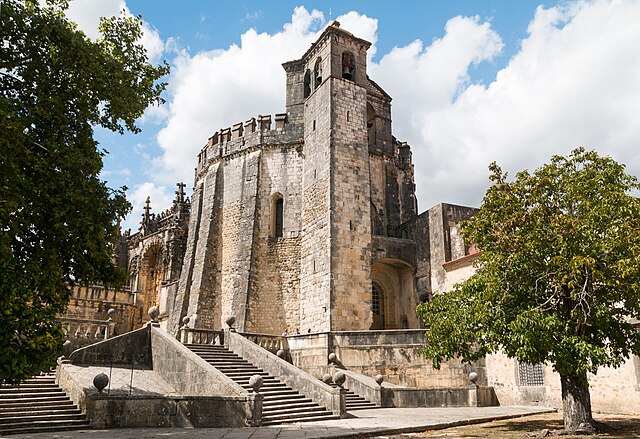Baphomet is a deity which the Knights Templar were accused of worshipping that subsequently became incorporated into various occult and Western esoteric traditions. The name Baphomet appeared in trial transcripts for the Inquisition of the Knights Templar starting in 1307. It first came into popular English usage in the 19th century during debate and speculation on the reasons for the suppression of the Templar order. Baphomet is a symbol of balance in various occult and mystical traditions, the origin of which some occultists have attempted to link with the Gnostics and Templars, although occasionally purported to be a deity or a demon. Since 1856 the name Baphomet has been associated with the "Sabbatic Goat" image drawn by Éliphas Lévi, composed of binary elements representing the "symbolization of the equilibrium of opposites": half-human and half-animal, male and female, and good and evil. Lévi's intention was to symbolize his concept of balance, with Baphomet representing the goal of perfect social order.

An 1856 depiction of the Sabbatic Goat from Dogme et Rituel de la Haute Magie by Éliphas Lévi. The arms bear the Latin words SOLVE (dissolve) and COAGULA (coagulate).
Two Templars burned at the stake; illustration from a 15th–century French manuscript
Drawings of upright and inverted pentagrams representing Spirit over matter (holiness) and matter over Spirit (evil), respectively, from La Clef de la magie noire (1897) by French occultist Stanislas de Guaita. Note the names Adam, Eve, Samael, and Lilith.
Le Diable, from the early 18th-century Tarot of Marseilles by Jean Dodal
The Poor Fellow-Soldiers of Christ and of the Temple of Solomon, mainly known as the Knights Templar, was a French military order of the Catholic faith, and one of the wealthiest and most popular military orders in Western Christianity. They were founded c. 1119, headquartered on the Temple Mount in Jerusalem, and existed for nearly two centuries during the Middle Ages.
A Seal of the Knights Templar
Battle of Hattin in 1187, the turning point leading to the Third Crusade. From a copy of the Passages d’outremer, c. 1490
Convent of Christ Castle, Tomar, Portugal. Built in 1160 as a stronghold for the Knights Templar and sieged in 1190 by the Almohads, it became the headquarters of the renamed Order of Christ. In 1983, it was named a UNESCO World Heritage Site.
Templars being burned








